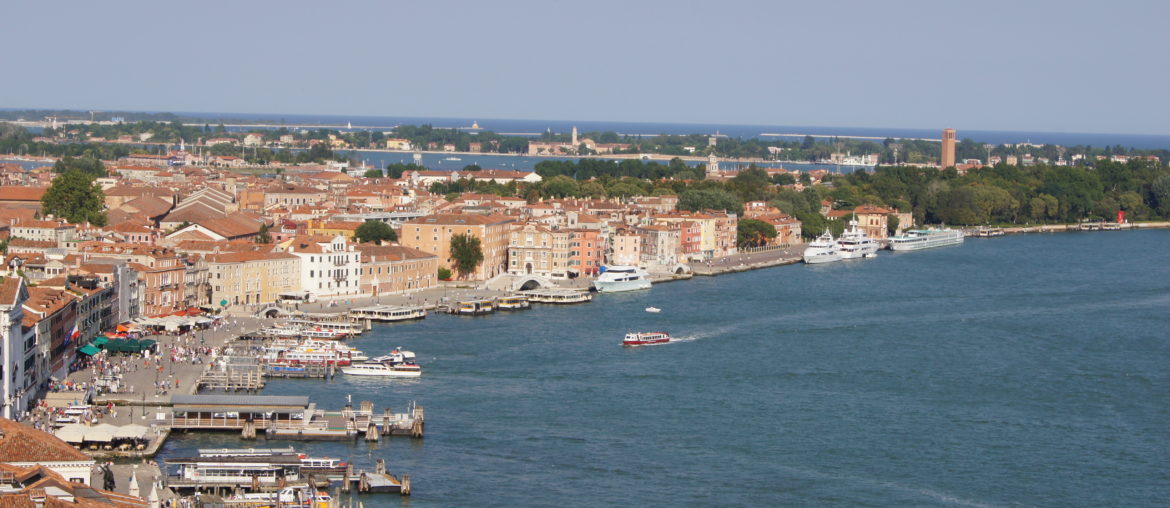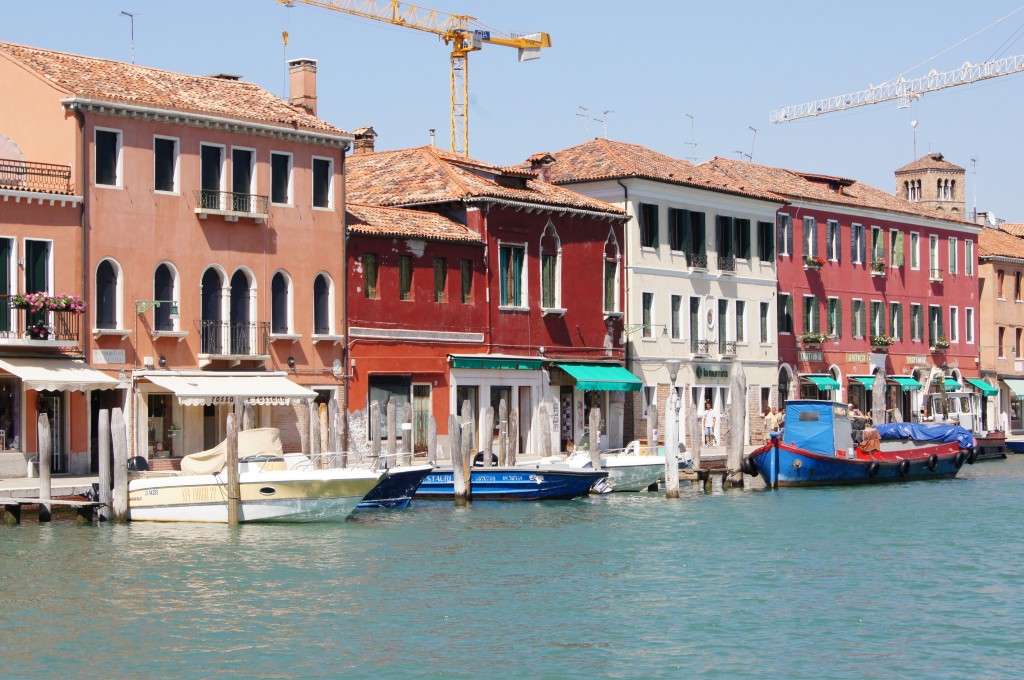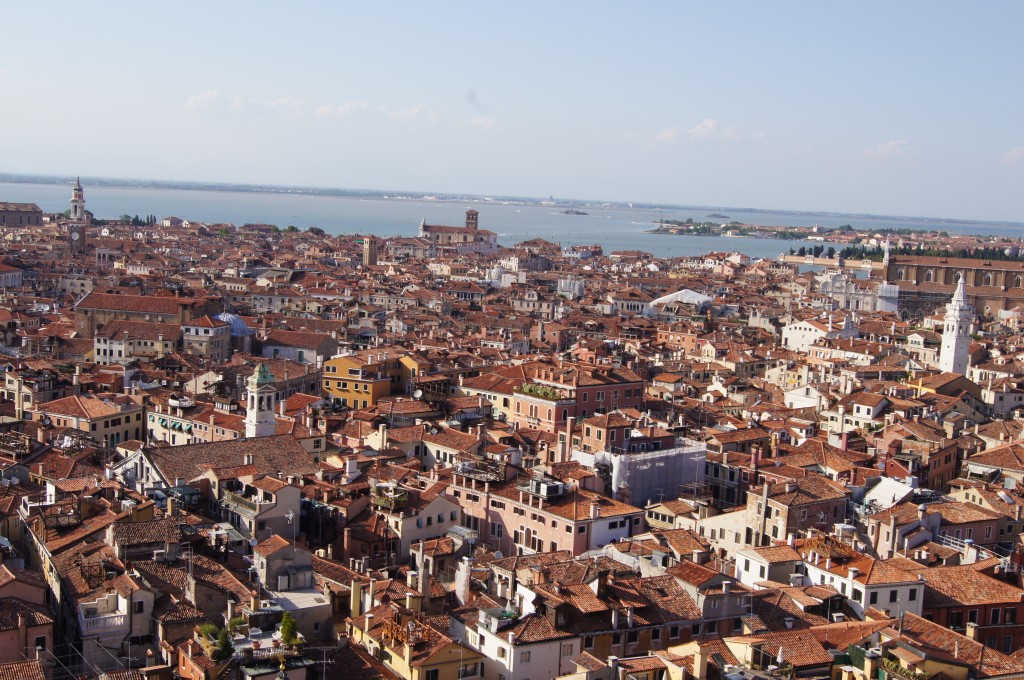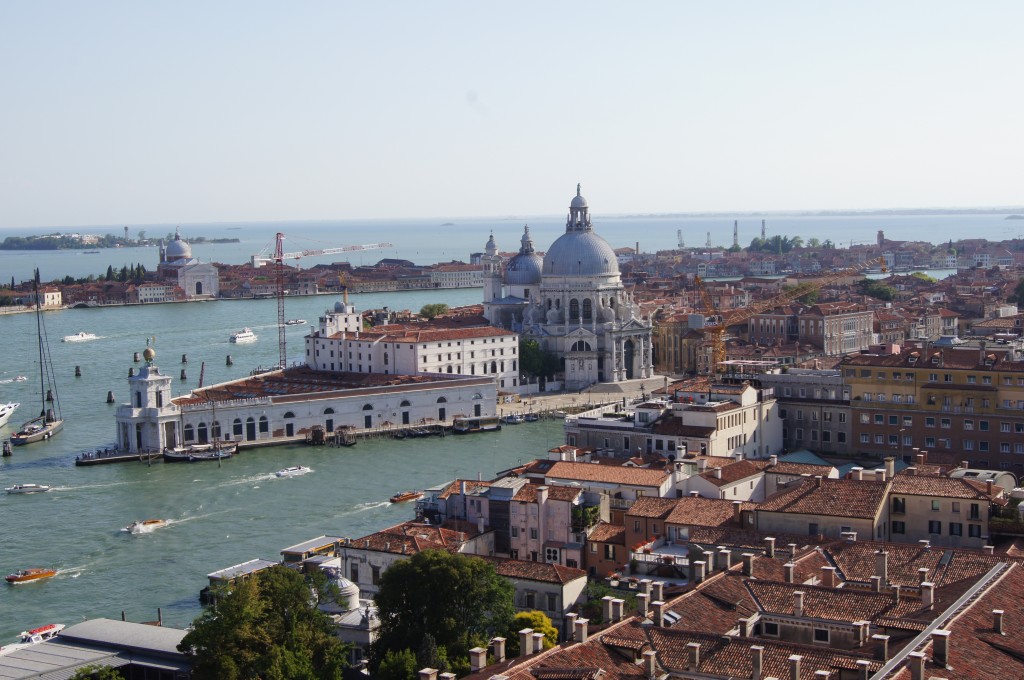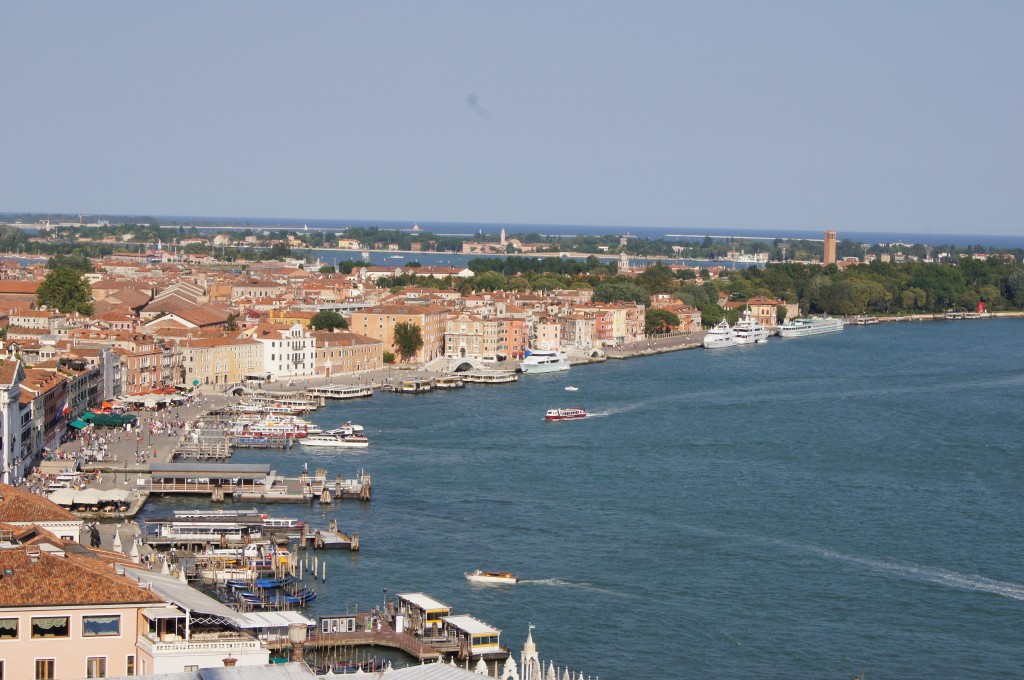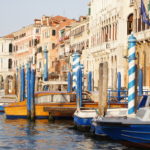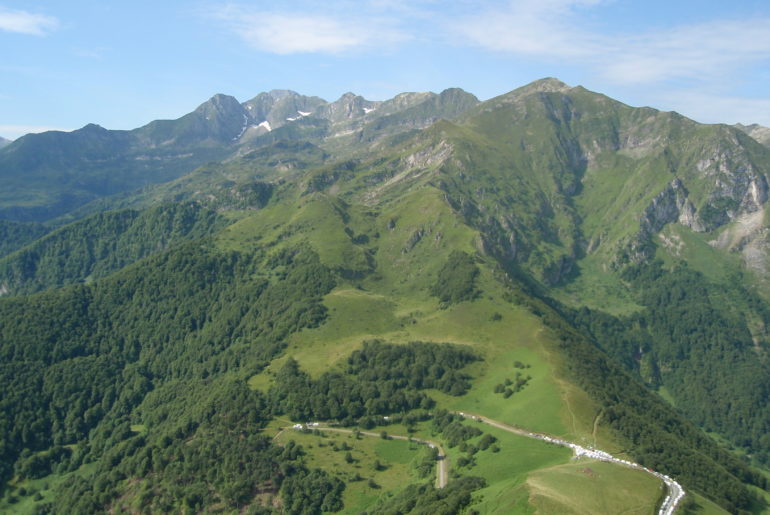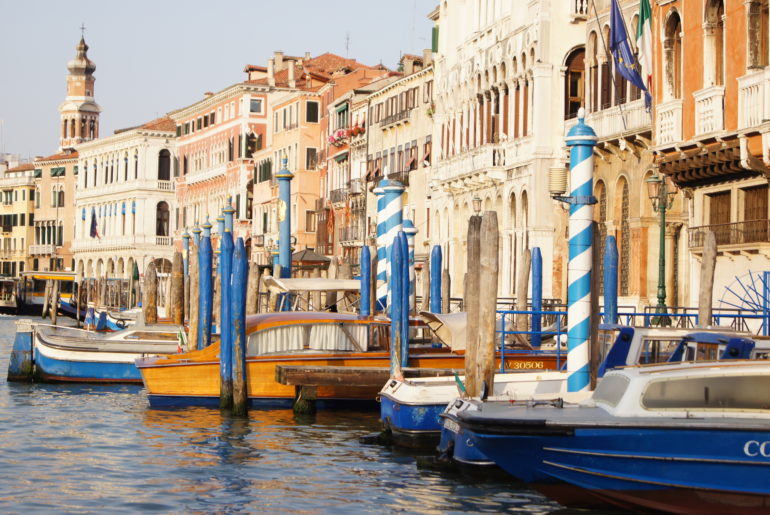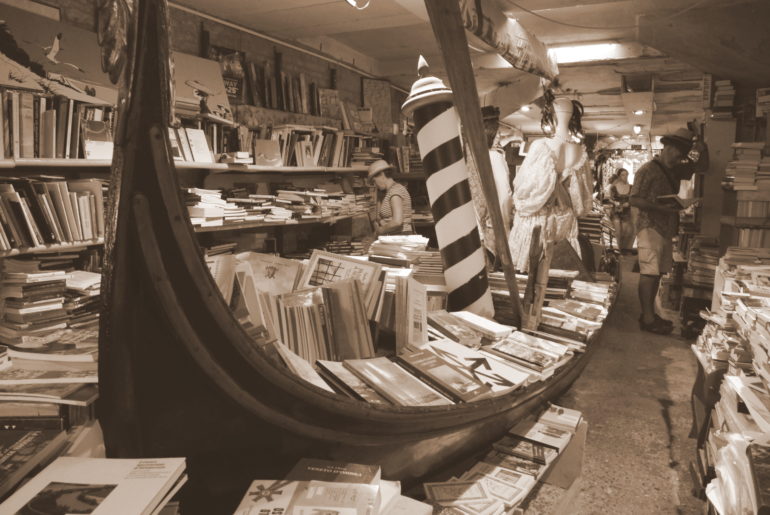Almost every second store in Venice sells glass products, whether it be cheap mass-produced necklaces or bracelets for about five euro or elaborate designs with a price tag to match. While some it seems a bit tacky, glass making has a rich history in Venice.
Murano Island, a quick boat ride from Venice, is the home of the art. The factories were built there so they didn’t pose a fire risk to the rest of the city. Murano was also a major port. Back in the day (we’re talking 14th-15th century) glassmakers were held in high regard. They carried swords and were immune from prosecution. By the end of the 16th century almost half the island’s population was involved in glassmaking. Today it is still the island’s major draw.
A 24-hour public transit strike threatened to ruin out plans today but luckily the water bus out to Murano is considered a ‘minimum service’. As we walked off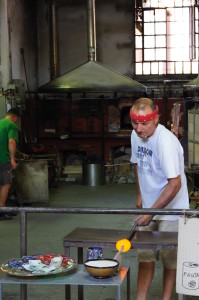 the boat a man shouted directions to a glass factory that would close in an hour. “To your left and over the bridge,” he repeated. It’s what most of us were there to see so we headed there. Entry to the factory was free, although tips were encouraged at the end of the demonstration. It was a bit of a dodgy set up, but we saw enough. The items they produce are really something.
the boat a man shouted directions to a glass factory that would close in an hour. “To your left and over the bridge,” he repeated. It’s what most of us were there to see so we headed there. Entry to the factory was free, although tips were encouraged at the end of the demonstration. It was a bit of a dodgy set up, but we saw enough. The items they produce are really something.
We then walked back to the city centre; the water on one side and glass galleries and shops on the other. Some sold the stock-standard items no different to what the street vendors were hawking back in Venice. Others were more upmarket and sold beautiful and quite original pieces. I hadn’t done any shopping all trip, other than a bracelet from the Cinque Terre, but I made up for that in Murano. I made sure what I bought came with a certificate of authenticity. Given the huge number of items available in Venice and on Murano it can’t all be made on the island. That assumption was confirmed when I saw stores promoting that they didn’t sell any Chinese glass. It really is a case of you get what you pay for. Nearly every store had a sign banning photographs, which I respected so I don’t have any images of the pieces we saw.
Back in Venice we walked to St Mark’s Basilica. On the way we came across Libreria Acqua Alta. I doubt this appears on any must-see lists for Venice, but it should.
We arrived in St Mark’s Square in time for cocktail hour. The outdoor seating was starting to fill up and each restaurant provided its own entertainment. Musicians performed on small stages for their respective crowds. At a cost of eight euro we took the elevator up St Mark’s Campanile (the bell tower). Our first thought was how nice the view of the canals would be, but we soon realised the surrounding buildings make it impossible to see the canals from anything other than a true bird’s eye view. Duh! We viewed the city from all directions. A clock across the square had statures up the top that moved to strike the bell. It was approaching 6.30pm so we stayed up the tower to see them in action. What we forgot about was the bells right above us….I mean less than a metre from our heads. At 6.30pm they swung into action. The noise was deafening and the vibrations made me feel a little uneasy. These old buildings can’t stay standing forever.
We came down only to find that the actual Basilica had closed for the day. Can’t say I was all that upset. After Rome I’m a bit Basilica-ed out. The same thing happened in Japan. A temple, is a temple, is a temple.

